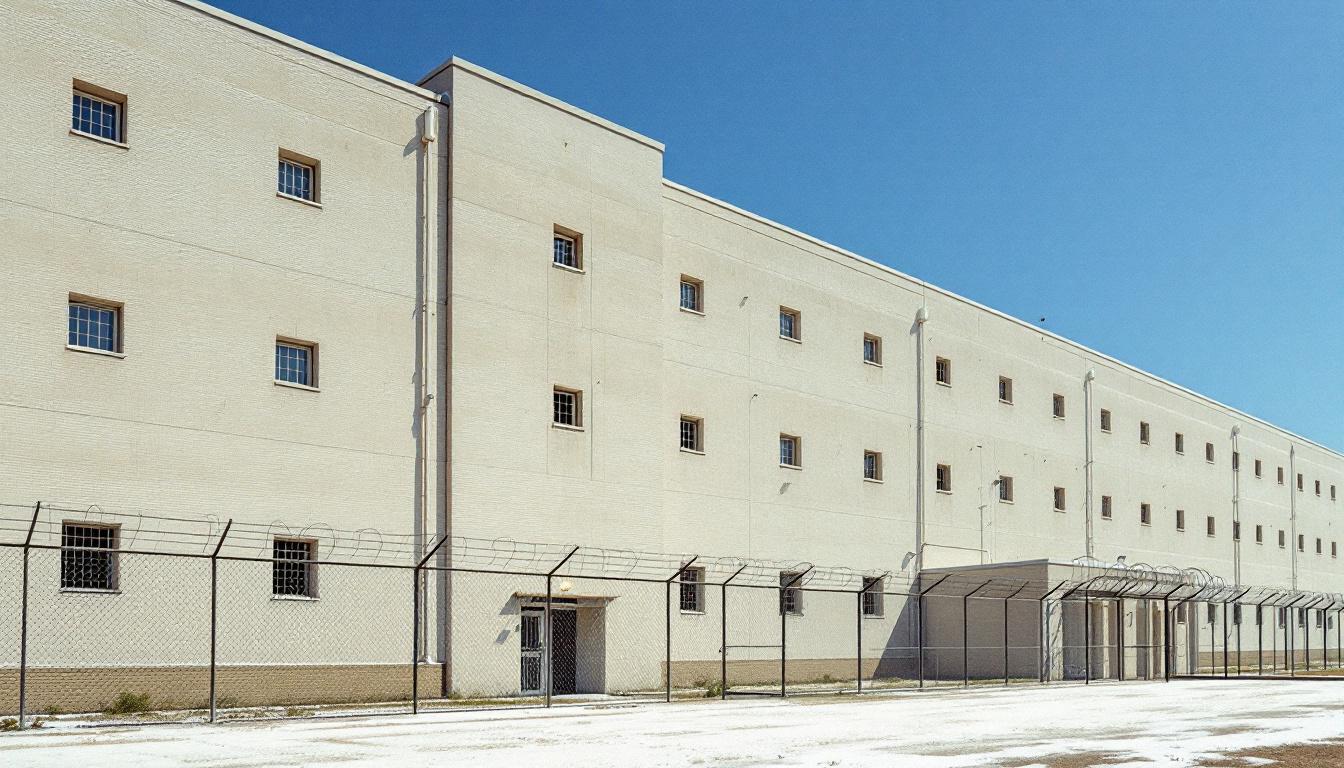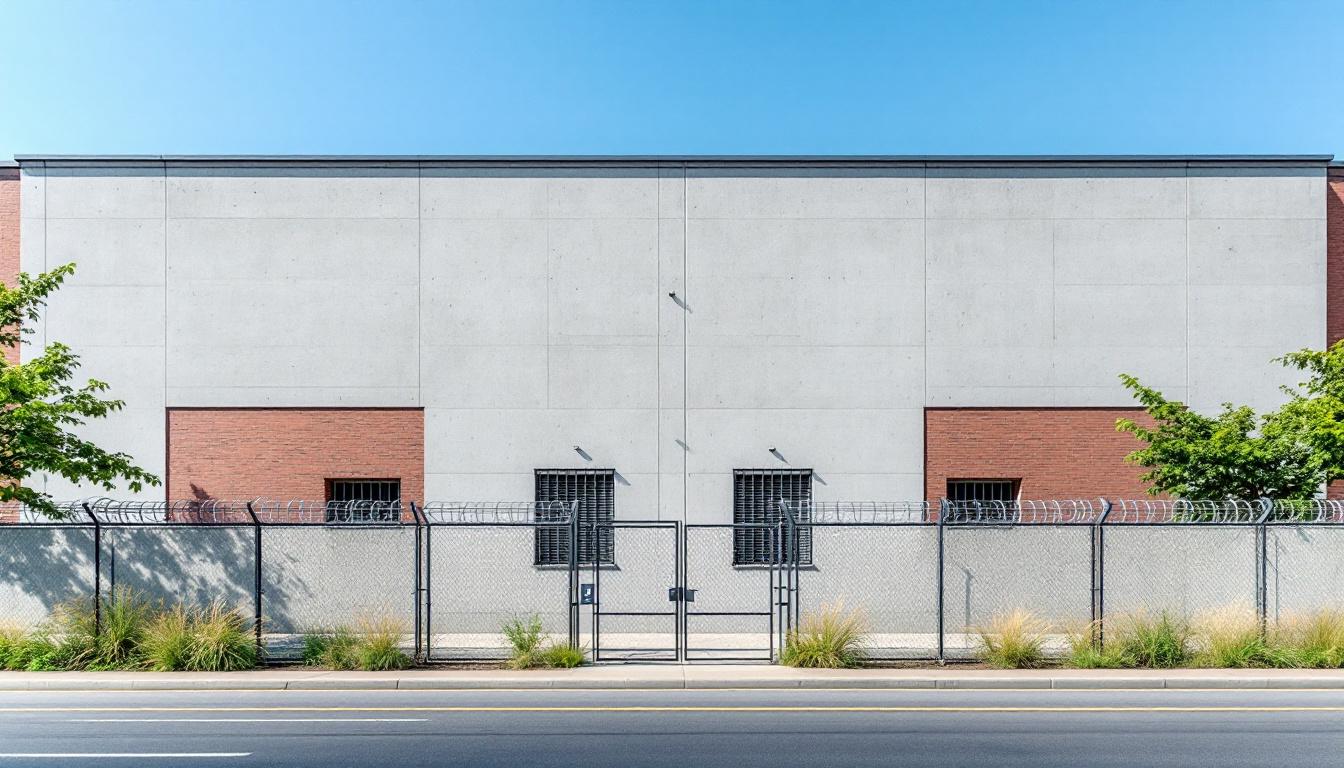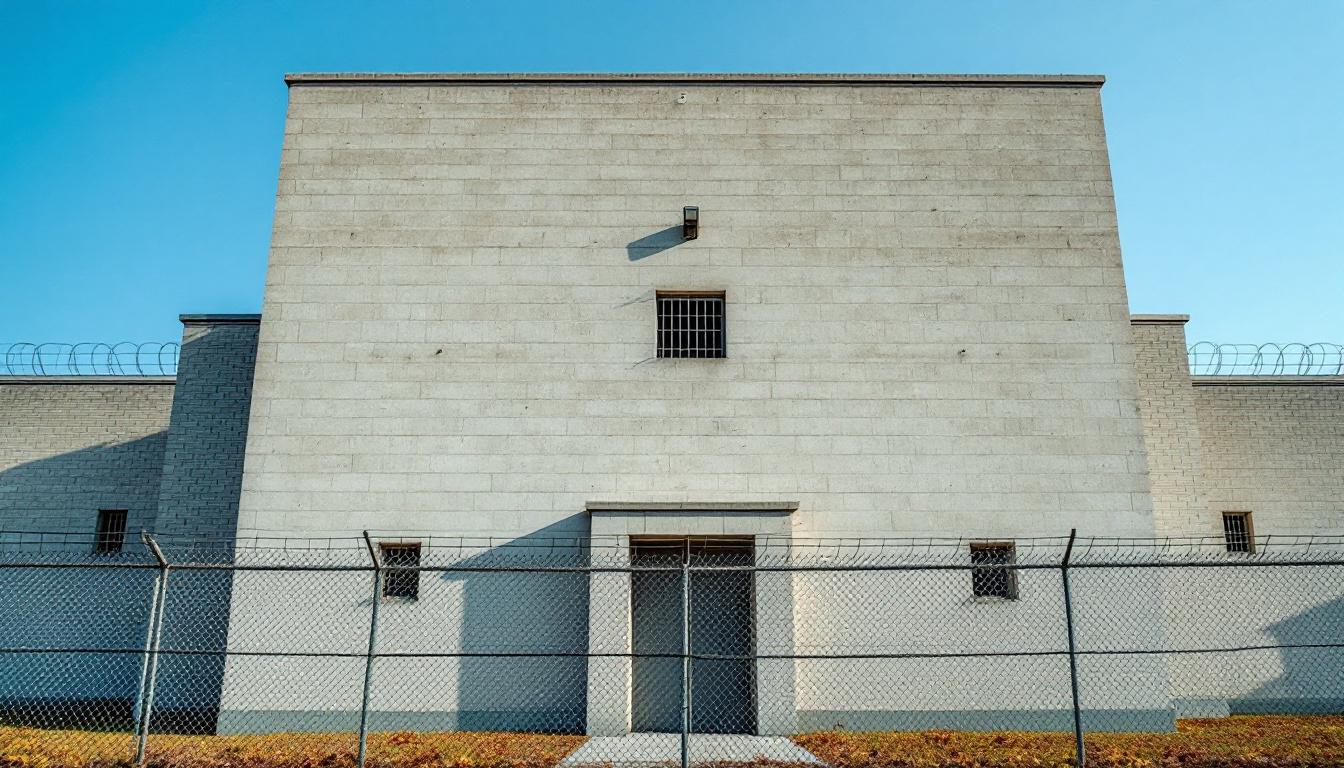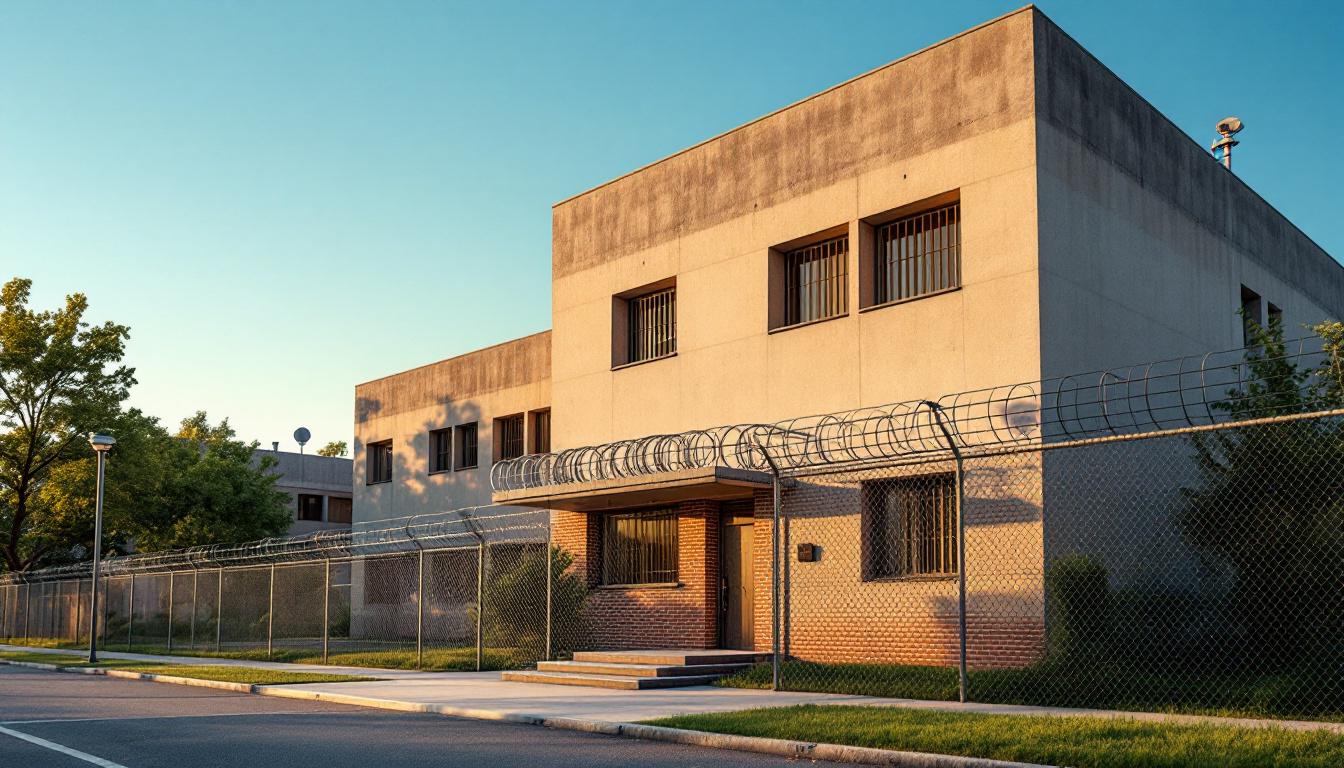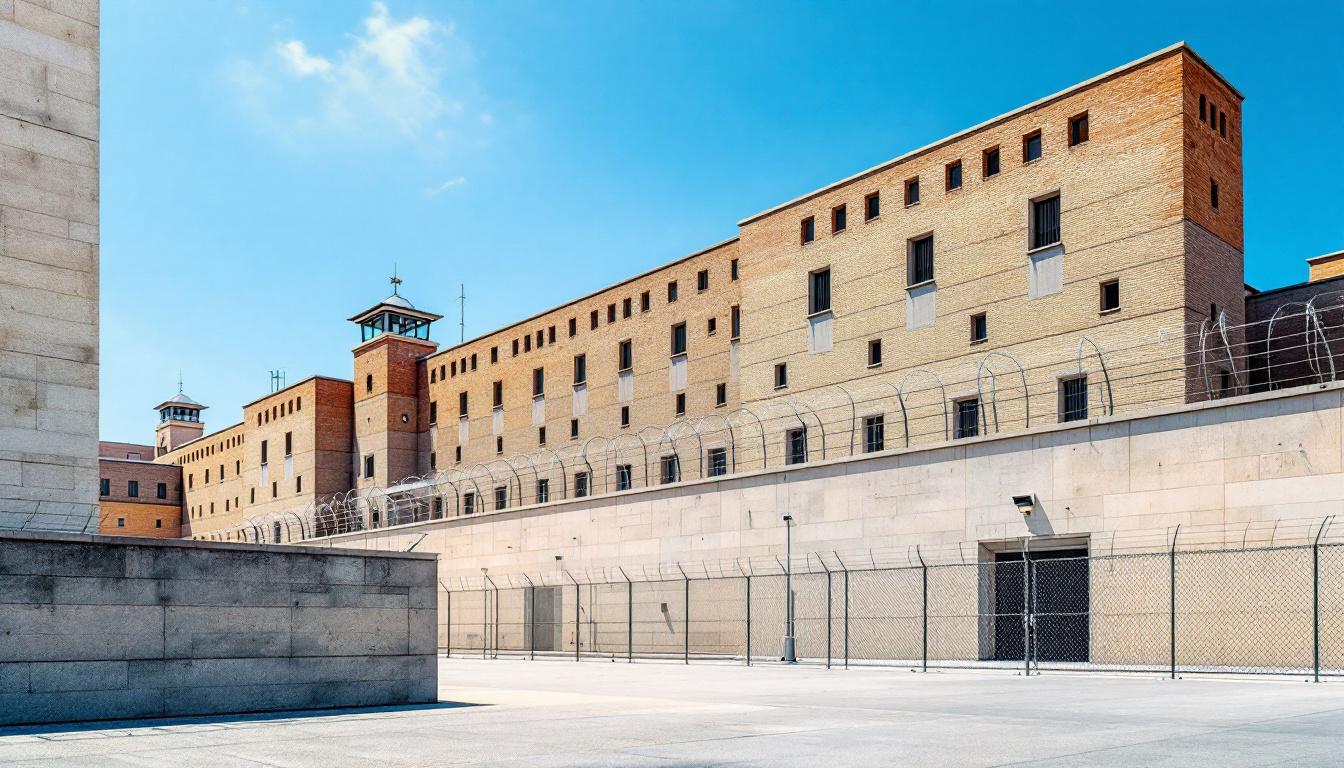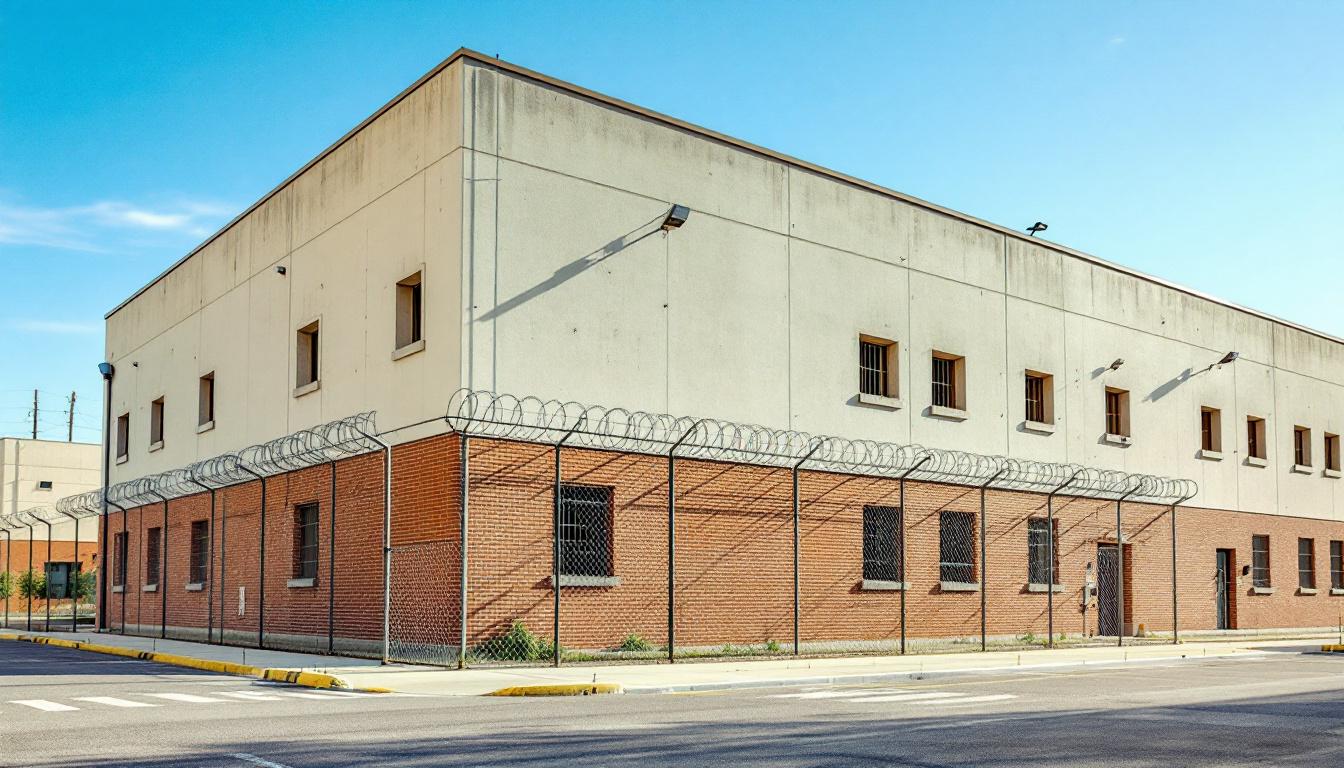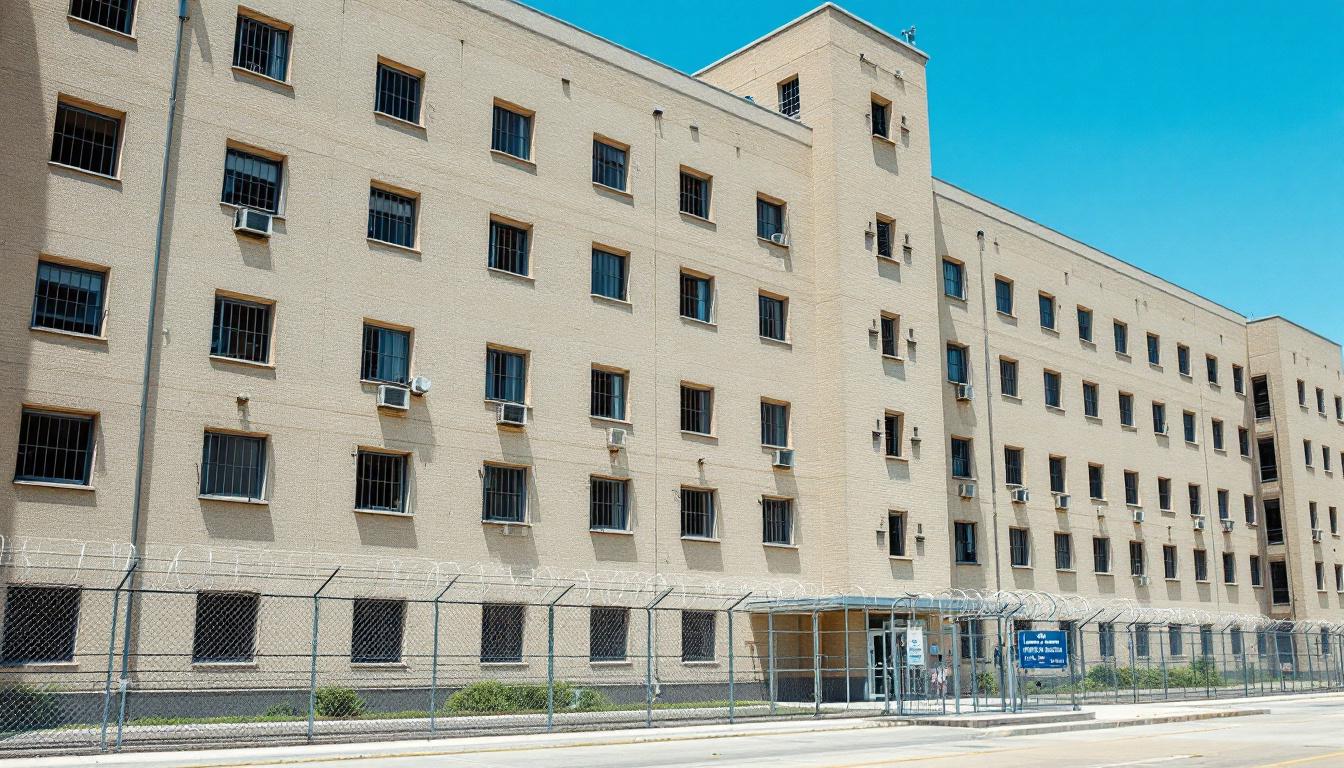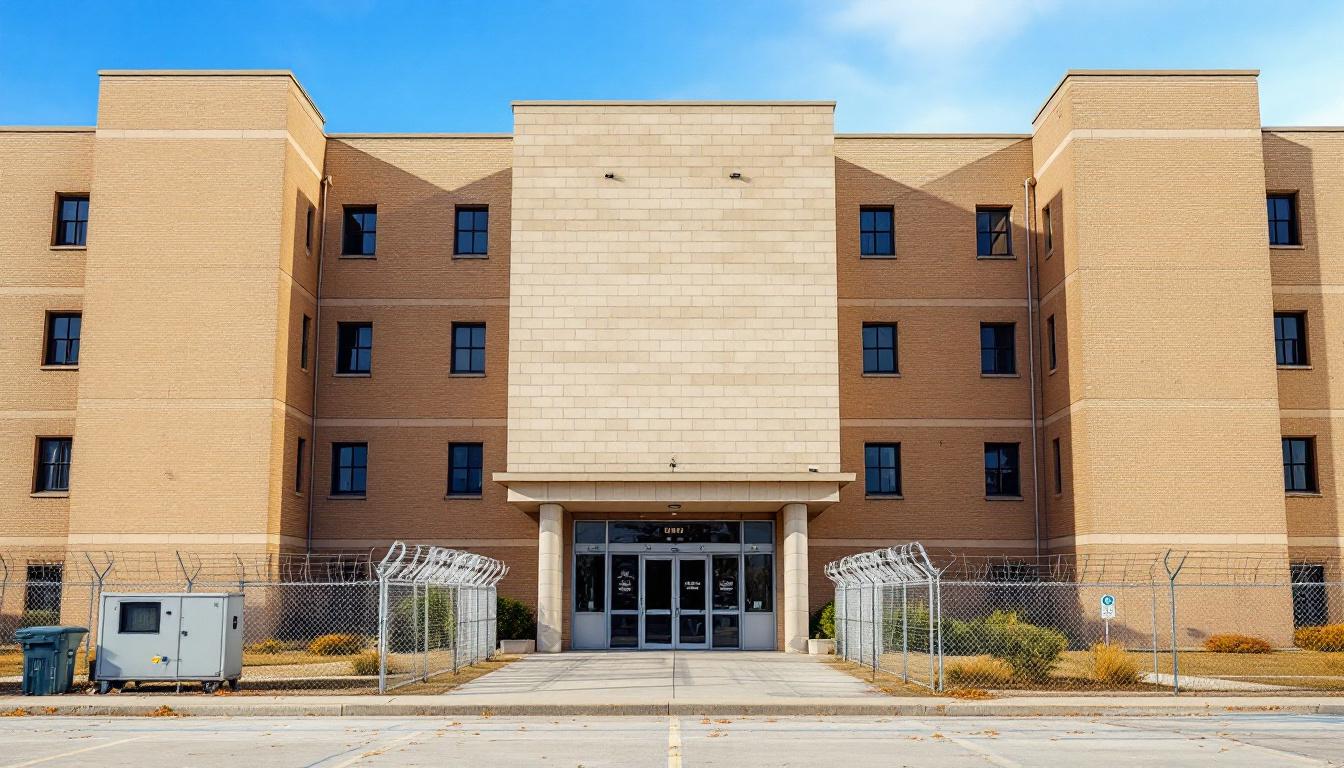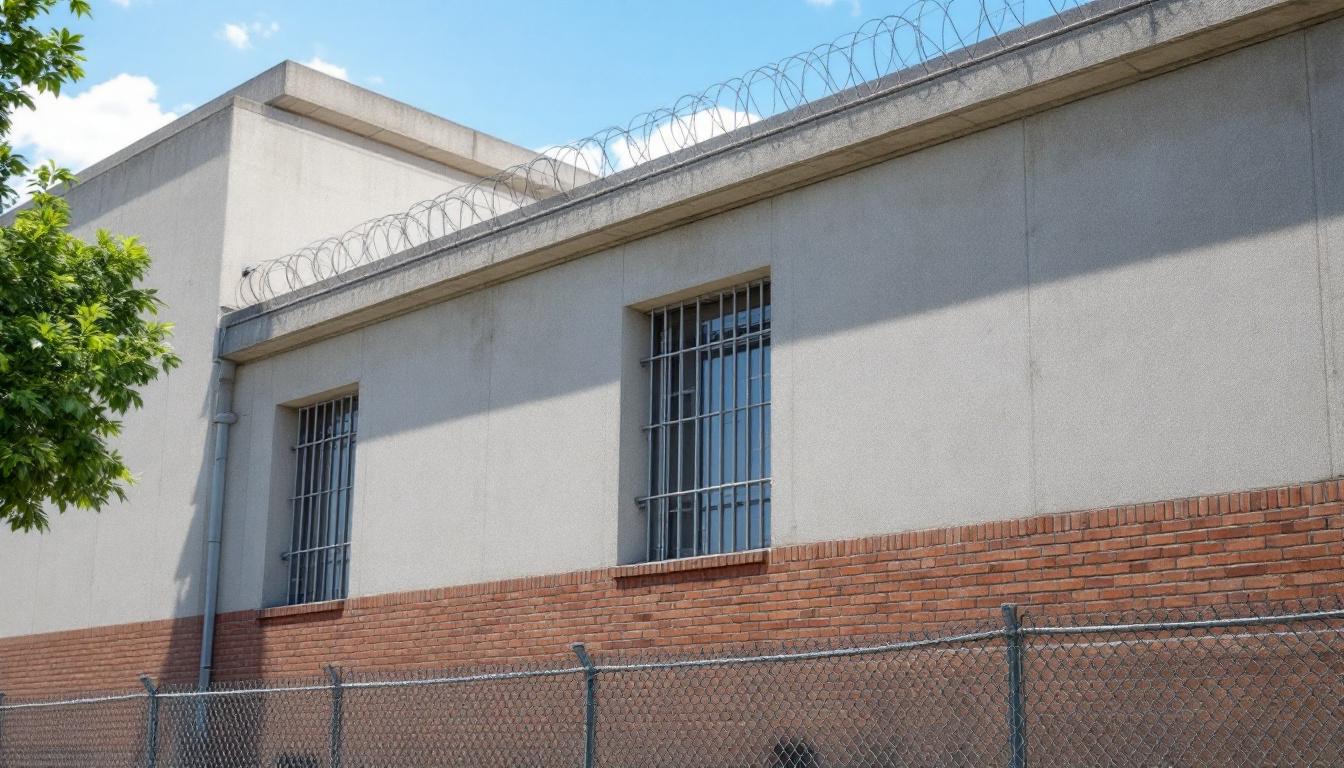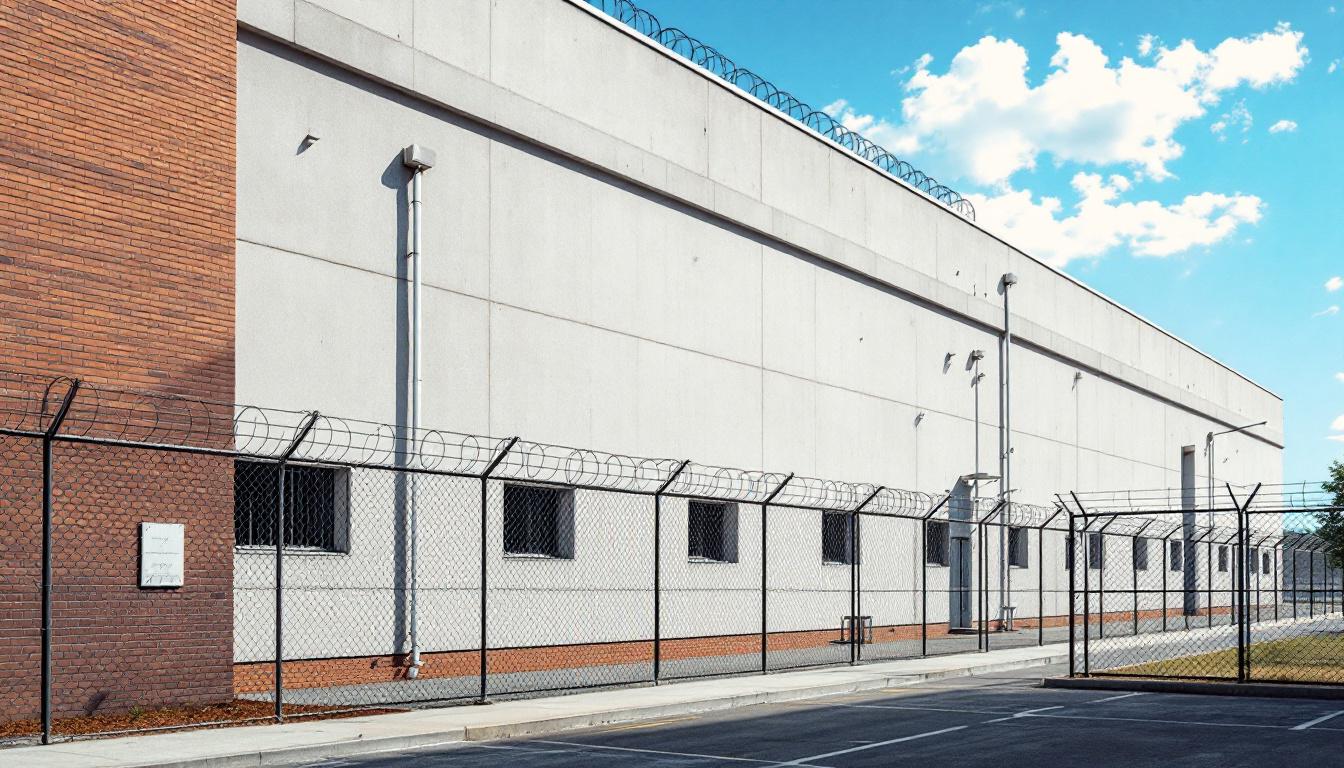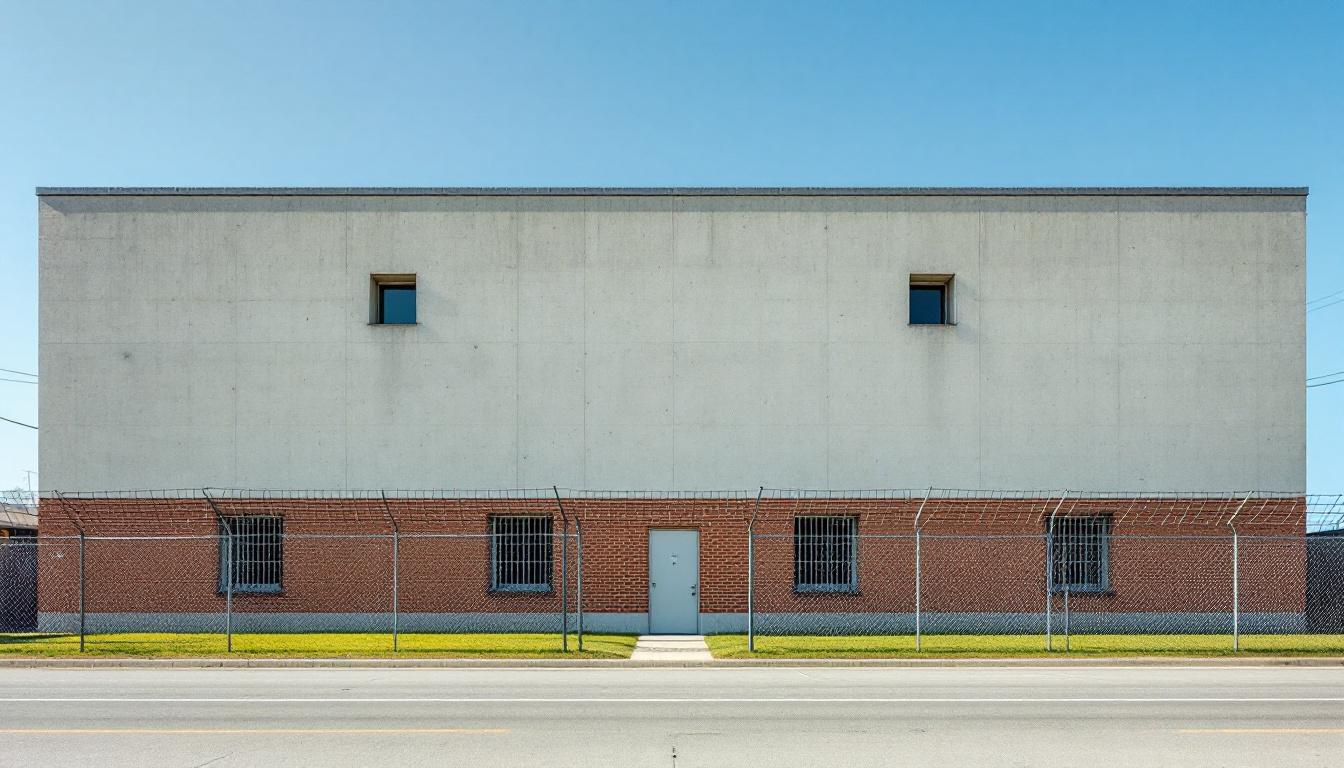
Quick Navigation
How to contact an inmate at Bautista Conservation Camp #36
This comprehensive guide will walk you through how to connect with an inmate at Bautista Conservation Camp #36. Follow the steps below to find an inmate and send letters and photos:
- Search for the inmate using our search tool below
- Create your account or log in to Penmate
- Write your message (up to 6,000 characters)
- Send instantly - inmates receive printed copies daily
Find an Inmate
Search for an inmate to start communicating today
Tip: You can search by first name, last name, or inmate ID number
To contact a person at Bautista Conservation Camp #36 start by searching for the person on the official facility website. Perform a search by following these steps:
- Step 1: Enter their first name and last name into the search form and click "Search"
- Step 2: Locate their inmate record
- Step 3: Write down their Inmate ID and any housing information provided
Important! Be sure to enter the person's full name. Nicknames should not be used.
How to Send Messages to Inmates

You can use your phone or computer to send emails, letters, and photos to an inmate. Messages are sent electronically to inmate tablets or kiosks at the facility. If you would like to send a message, start by searching for an inmate at Bautista Conservation Camp #36.
Sending Photos and Postcards

A great way to send love and support to a loved one at Bautista Conservation Camp #36 is to send photos and postcards. It only takes a few minutes to send photos from your phone and it makes a huge difference. You can also mail postcards with words of support and inspiration, or design your own postcard for special moments like birthdays and holidays.
Important! Be sure not to send any explicit photos or they may not be approved by the facility. You can also use a photo printing app like Penmate to make sure your photos are printed at the correct size (4x6 or 3x5) and are mailed according to the rules and regulations of Bautista Conservation Camp #36.
Frequently asked questions about Bautista Conservation Camp #36
-
How long does it take to deliver a message?
If you're sending an email message your letter is usually delivered within 24-48 hours. For messages sent via mail you should expect delivery within 3-7 days. All messages will need be approved by Bautista Conservation Camp #36.
-
How much does it cost to send a message to Bautista Conservation Camp #36?
You can send a message free using your phone or mail a message via USPS for the price of a $0.60 stamp and envelope. You can also purchase credits or e-stamps from services starting at $1.99.
-
What services can I use to contact an inmate at Bautista Conservation Camp #36?
Penmate
You can use Penmate to send letters and photos to an inmate from your phone. It's an easy way to stay in touch during your loved one's incarceration. Use the inmate locator to find an inmate's location and contact information, then you can send messages within a few minutes.
Securus messaging
Securus may be another option for communicating with an inmate at Bautista Conservation Camp #36. You can create a friends and family account and purchase credits to send messages. All messages will be reviewed and must be approved by the facility.
JPay
Some county jails and state prisons may support sending messages with JPay. You must register an account with the system, find your loved one, and purchase stamps to send messages. For some locations you can also attach photos.
Smart Jail Mail
You may also check if Smart Jail Mail is available at Bautista Conservation Camp #36. Smart Jail Mail is operated by Smart Communications and has contracted with some state and county jails. After purchasing credits, your messages and photos are sent to the facility, printed out, and then handed out to your loved one.
-
What is the mailing address of Bautista Conservation Camp #36?
Mailing address:
Bautista Conservation Camp #36
33015 Bautista Rd
Hemet, CA 92544
-
What are the visiting hours at Bautista Conservation Camp #36?
Visiting hours at Bautista Conservation Camp #36 vary by housing unit and security level. Generally, visits are scheduled on weekends and holidays, with some facilities offering weekday visits. Contact the facility directly for the current visiting schedule. Visits typically last 30-60 minutes and must be scheduled in advance.
-
What items are prohibited when sending mail to Bautista Conservation Camp #36?
Prohibited items typically include: cash, personal checks, stamps, stickers, glitter, glue, tape, staples, paperclips, polaroid photos, musical or blank greeting cards, hardcover books, magazines with staples, and any items containing metal or electronics. Only send letters on plain white paper with blue or black ink. Photos must be printed on regular photo paper (no Polaroids). Always check with Bautista Conservation Camp #36 for their specific mail policies.
-
How do I send money to an inmate at Bautista Conservation Camp #36?
You can send money to an inmate at Bautista Conservation Camp #36 through several methods: 1) Online using JPay, Access Corrections, or the facility's approved vendor, 2) Money orders mailed directly to the facility with the inmate's name and ID number, 3) Kiosks located in the facility lobby, or 4) Over the phone using a credit or debit card. Fees vary by method, typically ranging from $2.95 to $11.95 per transaction.
-
Can I schedule a video visit with an inmate at Bautista Conservation Camp #36?
Many facilities now offer video visitation as an alternative to in-person visits. At Bautista Conservation Camp #36, video visits may be available through services like Penmate, Securus Video Connect, GTL, or ICSolutions. Video visits typically cost $10-20 for 20-30 minutes and must be scheduled in advance. You'll need a computer or smartphone with a camera and reliable internet connection. Contact the facility for their specific video visitation policies and approved vendors.
-
What identification do I need to visit an inmate at Bautista Conservation Camp #36?
All visitors must present valid government-issued photo identification such as a driver's license, state ID, passport, or military ID. Minors must be accompanied by a parent or legal guardian who can provide the minor's birth certificate. Some facilities require visitors to be on the inmate's approved visitation list, which may require a background check. Contact Bautista Conservation Camp #36 for specific ID requirements and visitor approval procedures.
-
How can I find out an inmate's release date?
To find an inmate's release date at Bautista Conservation Camp #36, you can: 1) Use the online inmate search tool if available, 2) Call the facility's records department, 3) Contact the inmate's case manager or counselor, or 4) Have the inmate provide this information during a call or visit. For privacy reasons, some facilities only release this information to immediate family members.
Facility Overview
Contact Information
Bautista Conservation Camp #3633015 Bautista Rd
Hemet, CA 92544
Official Website

About Bautista Conservation Camp #36
Fire suppression training programs in the Sierra Nevada foothills connect incarcerated individuals with essential wildfire response skills while serving California's broader emergency preparedness needs. Bautista Fire Camp, CA operates within this framework, positioning itself as part of the state's comprehensive approach to both correctional rehabilitation and public safety resource development. Located in Susanville, the facility typically integrates specialized training protocols with traditional correctional programming, creating pathways for inmates services that extend beyond standard institutional boundaries.
The operational philosophy centers on structured skill development through hands-on emergency response preparation, where participants may engage in physical conditioning, equipment maintenance, and fire suppression techniques under supervised conditions. This CA correctional facility generally maintains connections with regional emergency management systems, allowing trained individuals to contribute meaningfully during wildfire seasons when community resources become stretched. The process-focused approach emphasizes gradual competency building, safety protocols, and teamwork development that can translate into post-release employment opportunities within firefighting or related emergency services sectors.
Within California's broader correctional network, facilities like this one in Susanville often serve specialized functions that complement traditional rehabilitation programming found at other institutions. The geographic positioning in Lassen County provides access to diverse terrain and seasonal fire conditions that enhance training effectiveness, while the facility's role in regional corrections typically includes coordination with other state institutions for program transitions and resource sharing. Through systematic preparation and community-oriented service opportunities, this correctional facility approach demonstrates how specialized programming can align institutional goals with pressing public safety needs across the Pacific region.
Programs & Services
Personal growth and transformation form the cornerstone of service delivery at Bautista Fire Camp, where inmates engage in comprehensive development opportunities designed to build both practical skills and emotional resilience. The facility typically emphasizes a holistic approach to rehabilitation, recognizing that meaningful change requires addressing multiple aspects of an individual's life. Through structured programming and consistent support, participants often develop the tools necessary for successful reintegration into their communities while building confidence and self-worth.
Educational initiatives may provide inmates with opportunities to complete their high school equivalency or pursue basic literacy skills, creating a foundation for future learning and employment. In addition to this, vocational training services often include hands-on instruction in trades such as construction, maintenance, and other practical skills that translate directly to job opportunities upon release. These educational and vocational services typically work together to ensure inmates develop both the academic knowledge and technical abilities needed for sustainable employment.
Support services play a crucial role in addressing the underlying issues that may have contributed to incarceration, with rehabilitation programs often focusing on life skills development, anger management, and substance abuse recovery. Building maintenance programs may offer inmates practical work experience while contributing to the facility's operations, fostering a sense of responsibility and accomplishment. The facility also typically provides grief counseling and other therapeutic services, recognizing that many participants have experienced significant trauma or loss that requires professional attention and emotional healing.
Daily Life & Visitation
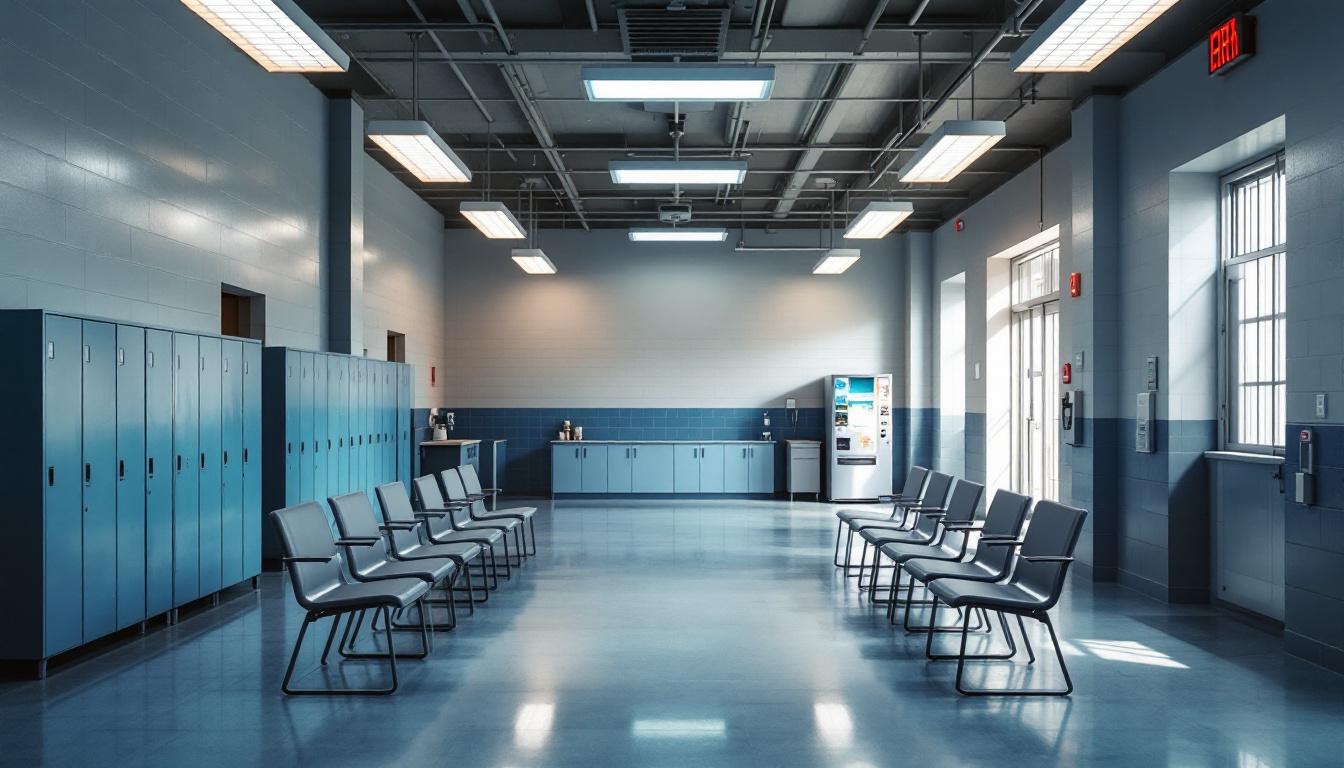
The mountainous terrain surrounding Bautista Fire Camp creates a distinctly different atmosphere from traditional correctional facilities, with open dormitory-style housing and expansive outdoor areas that define the daily experience. Inmates typically begin each day early with structured count procedures and meal service, followed by work assignments that may include fire suppression training, facility maintenance, or conservation projects. Today's routine consistently revolves around physical conditioning and emergency preparedness, as inmates maintain readiness for potential deployment to wildfire incidents throughout California.
Living accommodations generally feature dormitory-style housing units that accommodate multiple inmates in shared spaces. These housing areas typically include basic furnishings and storage for personal property, with inmates adapting to communal living arrangements that emphasize cooperation and mutual respect. Meals are usually served in a central dining facility, providing opportunities for social interaction while maintaining necessary security protocols. The camp environment often allows for more movement and outdoor time compared to traditional facilities, though inmates must still adhere to established schedules and supervision requirements.
In addition to this work-focused structure, inmates may access recreational activities such as organized sports, fitness programs, and educational opportunities when available. Programming schedules typically provide structure through vocational training, substance abuse counseling, or life skills development, helping inmates prepare for eventual reintegration. Despite this more open environment, visitation and communication policies generally follow standard correctional guidelines, allowing inmates to maintain family connections through scheduled visits, phone calls, and correspondence. The commissary system usually operates on a regular schedule, enabling inmates to purchase approved personal items and supplemental food products to enhance their daily living experience.
Ready to Connect?
Start communicating with your loved one today
Search for an Inmate
